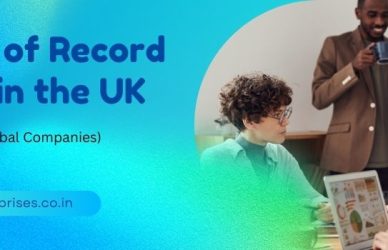
Now days the era of advanced technology and internet, everything is visible online. If any recruiter, a company wants to hire the candidates they only looking your profile information by their advanced ATS technology. If you want to ensure that companies can find your resume quickly. So, you have to include your social profiles links in your resume portfolio based on the current technology it will be a better option for you make it to the actual meeting with the HR manager of the organization you’re sending it to and help you out in open the doors of better opportunities and offers as per your Industry and Background.
The social media section is the part of your resume that contains links to your social media profiles or online portfolios. It can either include your professional social media profiles, such as Behance for graphic designers, Git Hub for programmers, LinkedIn, Xing, or your personal social media profiles such as Twitter, Instagram or Facebook. Using this section, you can also redirect hiring managers directly to your online portfolio that you have made in your career. This section usually sits under the contact information part of your resume or somewhere at the end.
Reasons why include links of social media profiles on your resume?
Hiring managers will Google you anyway. As soon as you get to the last round of interviews, there’s a good chance that your potential employer checks your online footprint. Your social media profiles are among the first things that will pop up.
Prove your skills. If you’re looking for a job as a social media manager, copywriter, or related professions, including your social media accounts is a smart way to demonstrate your skills.
Yet, you should keep in mind that there’s more important information on your resume such as your work experience, education or volunteer work. Consider adding your social media section somewhere at the end of your resume.
If that sounds like a bad thing, remember who’s the administrator of your social media profiles. It’s you! You have almost full control over what hiring managers are going to see when they look you up.
You can do two things. First, delete any content that you don’t want them to see or make all your social profiles private. Second, use your resume to steer them towards the profiles you want them to see the most.
Show your personality. Sure, nobody is going to hire you based on your social media profiles alone. On the other hand, if you make it through the first few rounds of the application process, most employers are going to want to know whether you fit their company culture. Your social media profiles can help them determine that.
Building your personal brand. Your personal online brand matters more than ever. On LinkedIn, you can also write your own industry-related articles and present yourself as a subject-matter expert.
It will be easier to Google you. Some employers can Google you up before offering you a job. And your LinkedIn profile will most likely show up first.
You can find a new job. You can search LinkedIn’s job board and apply for jobs. Or even spy on companies you want to work for. No worries. It’s not stalking — it’s called research.
A new job can find you. Even if you aren’t actively searching for a job, you can receive cool job offers from hiring managers. And there’s nothing bad about practicing your interview skills from time to time. Networking. You can connect with your former or current colleagues, employers, people you met at networking events or conferences. All of these connections may be helpful for your future career.



